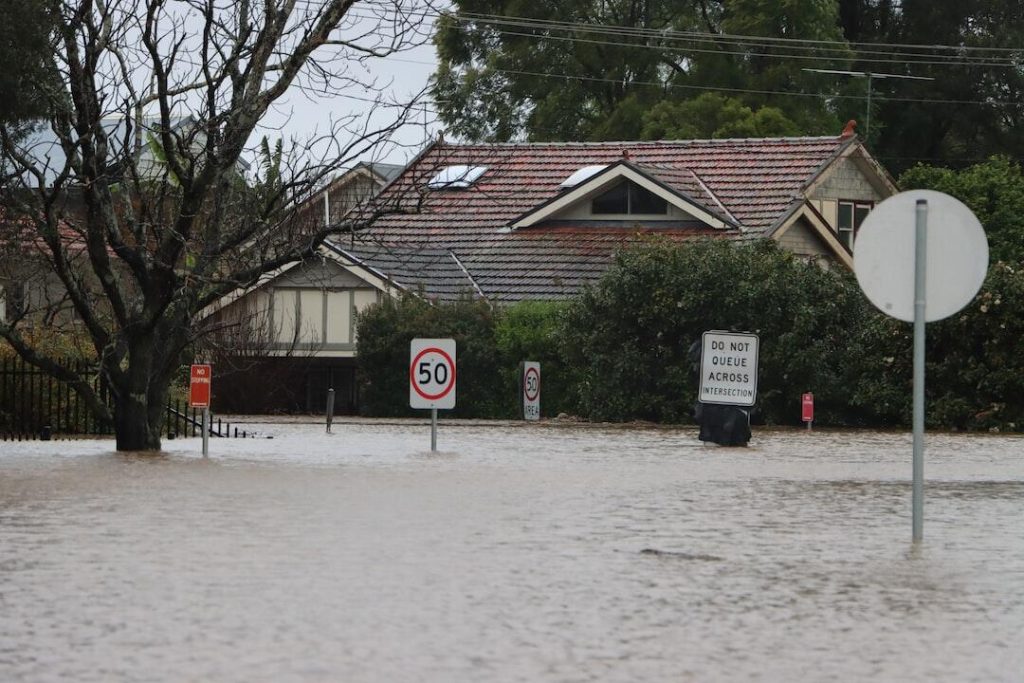
Water damage is a serious problem for homes and buildings. It can cause mold, weaken structures, and lead to expensive repairs. As storms and flooding become more common, people are looking for better ways to fix and protect their properties.
One of the biggest improvements in recent years is the use of advanced materials. These are new types of products that help make water damage restoration faster, safer, and more effective.
Better Building Materials That Resist Water
Some modern building materials are made to handle moisture better than traditional ones. For example, water-resistant drywall, spray foam insulation, and fiber cement siding don’t break down as easily when they get wet.
They also help stop mold and mildew from growing. This means less damage in the future and safer indoor spaces.
Powerful Absorbent Products
Getting rid of water quickly is a big part of any restoration job. New materials like superabsorbent polymers (SAPs) and special drying agents called desiccants help with this.
SAPs can soak up large amounts of water and are often used in flood cleanup pads or barriers. Desiccants like silica gel pull moisture out of the air, making buildings dry faster and reducing the chance of mold or rot.
Smart Materials That Detect Moisture
Some advanced materials can “sense” water and tell workers where moisture is hiding. These smart sensors and fabrics help restoration teams monitor wet areas in real time.
Some change color when they get wet, which makes it easy to see where water is trapped behind walls or floors. This helps ensure the space is completely dry before repairs begin.
Coatings That Stop Mold and Bacteria
After water damage, it’s common for mold and bacteria to grow. That’s why many experts now use special coatings that kill germs and prevent mold.
These antimicrobial paints and sealants often contain ingredients like nano-silver, which helps keep surfaces clean and safe. They work well in places like bathrooms, kitchens, and basements, where moisture is common.
New Materials for Stronger Repairs
Some advanced materials are used to fix parts of a building that have been damaged by water. Geopolymers, for example, are a type of cement made from recycled materials. They are strong and resist both water and chemicals.
Another breakthrough is self-healing concrete. This special type of concrete can repair its own cracks when it gets wet, helping buildings last longer and reducing repair costs. Check out Tidal Restoration to learn more about fixing water damage at home.
Eco-Friendly Innovations
Many of these advanced materials are not only effective but also better for the environment. Some are made from recycled products, while others help reduce energy use by improving insulation.
Using green materials in water damage restoration is becoming more popular as people look for ways to protect both their homes and the planet. This shift helps reduce waste and supports long-term sustainability.
Use the Best Materials for Your Home
Using advanced materials in water damage restoration is changing the way buildings are repaired. These new products help get rid of water faster, prevent mold, and make buildings stronger and safer.
As technology continues to improve, restoration work will become even better. Homeowners, builders, and restoration companies all benefit from using smarter, more reliable materials. In the end, these advances help protect homes and save money in the long run.
If you want to read more articles, visit our blog.
